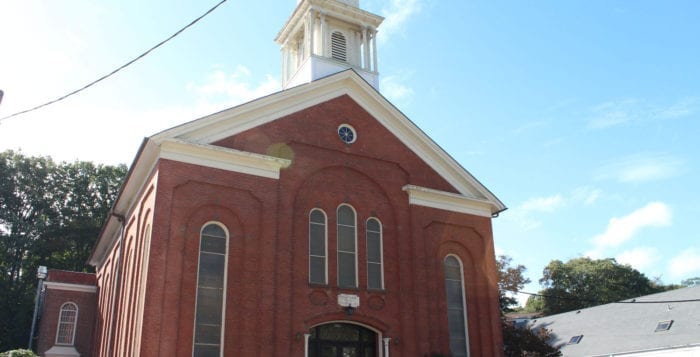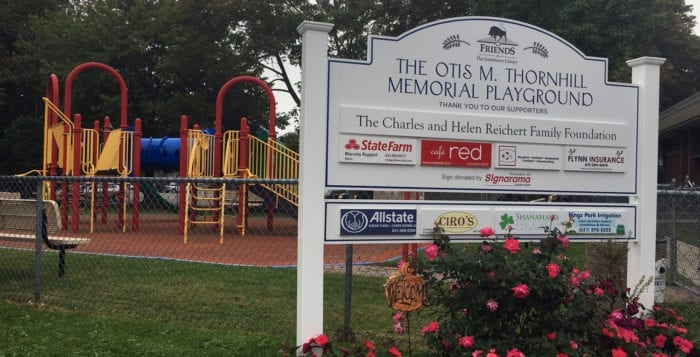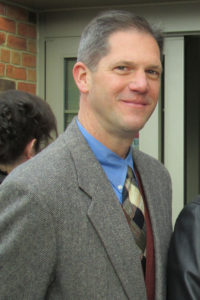Northport police have played a key roll in providing information that may get a suspected heroin dealer off the village’s streets.
Three Northport Village Police Department officers worked on a joint operation with the Suffolk County Police Department, Suffolk County Sherrif’s office and Suffolk County District Attorney’s office to execute a search warrant on a Central Islip home Oct. 11 that led to the arrest of an alleged heroin dealer.
In searching the Wilson Avenue apartment, officers found and confiscated 33 grams of heroin, seven grams of Fentanyl, $3,050 in cash along with drug scales and drug packaging materials. A 2016 Honda was also seized in the raid.
Davon McNair, 25, of Central Islip, was found and arrested a short distance from his home, and found to be in possession of crack cocaine, according to police.

“Anyone who sells this poison in our village can expect the Northport police to pursue them to wherever their trail leads,” said Chief Bill Ricca of the Northport Police Department.
Ricca said the information that led to McNair came to light when two of his officers made unrelated arrests for drug possession in May. Upon questioning those in custody, police were able to piece together details that appeared to lead back to the same individual making heroin sales not only in Northport but throughout Suffolk County. The intelligence was brought before the Suffok County task force, who had undercover agents purchase heroin from McNair on three different occasions over several months before applying for the search warrant.
McNair, a known member of the Bloods street gang, was charged with five felony counts of third-degree criminal sale of a controlled substance and one misdemeanor count of seventh-degree criminal possession of a controlled substance. He is currently being held on $100,000 bond/$50,000 cash bail.
“McNair maintains his innocence, defends his reputation, and will vigorously defend himself against these charges,” said his defense attorney Pierre Bazile.
In the past few weeks, Northport police have also been involved providing Suffolk County police with information that led to the arrest of Manorville resident Donald Guichard Sept. 20. Guichard was arrested for allegedly growing more than 100 marijuana plants in a subterreanian home for sale, according to Suffolk police.
“We like to let the public know when we can get bad guys off the street,” Ricca said. “But if there is more to gain, we don’t publicize it.”
Ricca said he was confident strict enforcement polices seem to be reducing the amount of drugs in the village.
“For the first time in three or four years, we’re seeing a downtick so far,” he said, noting there are three months left in the year. “We’ve been told by those we arrest or informants that the word is out — ‘stay away from Northport.’”




















